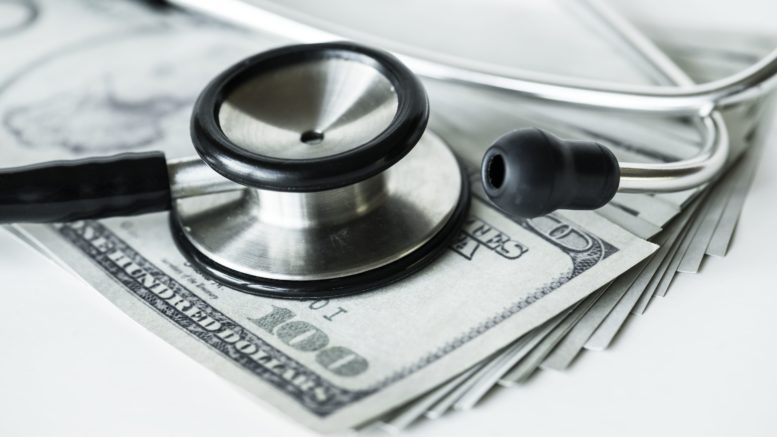The effect of the coronavirus disease 2019 (COVID-19) pandemic on healthcare spending in the U.S. has important implications for payers, clinicians, hospitals, healthcare systems, and patients, and has been the subject of much debate. Understanding how early spending changes varied by disease incidence and implementation of policies to limit transmission can inform expectations about healthcare spending as the pandemic evolves.
For the first 14 weeks of 2020, McWilliams, et al. (2020) analyzed multi-payer deidentified claims from FAIR Health spanning roughly 75% of the commercially insured and 50% of the Medicare Advantage population. Their analysis included fee-for-service (not capitated) claims submitted to FAIR Health by June 25, 2020, and used 2019 data to correct for unreported claims. The study was determined not to be human subjects research and thus not reviewed by the Harvard Medical School Committee on Human Studies.
They calculated weekly aggregate medical spending in total and categorized by type of care and 4 prespecified groups of states defined by cumulative incidence of confirmed cases by April 7 (COVID-19 activity) and timing of social distancing policies (1) New York; (2) high activity (excluding New York); (3) low activity, early social distancing; and (4) low activity, late social distancing. They also examined spending for typically elective procedures and COVID-19 inpatient spending (where identifiable by an emergently introduced diagnosis code).
The researchers focused on changes in spending from week 9 (ending March 3, 2020) to week 14 (ending April 7, 2020). They quantified the extremeness of these changes using a randomization inference approach.
From week 9 to 14, aggregate medical spending decreased by $2.7 billion per week, or 46.0%. Spending decreased across all categories of services except telehealth, ranging from −26.9% for inpatient to −86.2% for ambulatory surgical center care.
Spending reductions were greater in New York (−48.8%) and other high-activity states (−49.9%) than low-activity states, where the reduction was greater in those implementing social distancing policies earlier (−44.2%) rather than later (−39.7%). Identifiable inpatient spending for COVID-19 increased more in high-activity than low-activity states (reaching 25.2% vs 3.5% of week 9 total inpatient spending by week 14), but total inpatient spending fell similarly in high-activity (−25.1%) and low-activity (−26.9%) states. In contrast, spending on elective procedures declined more in high-activity (−85.5%) than low-activity (−76.1%) states. Within each state category, spending reductions for elderly and nonelderly enrollees were largely similar.
All reductions were more extreme than all values produced by permutations of week pairs in 2019; differential percentage reductions in total spending associated with COVID-19 activity and social distancing were more negative than 99.7% and 95.5% of estimates produced by these permutations, respectively.
Reference: McWilliams JM, et al. Implications of Early Health Care Spending Reductions for Expected Spending as the COVID-19 Pandemic Evolves. JAMA Intern Med. Published online November 9, 2020. doi:10.1001/jamainternmed.2020.5333

Be the first to comment on "Effect of COVID-19 Pandemic on Healthcare Spending in the U.S."